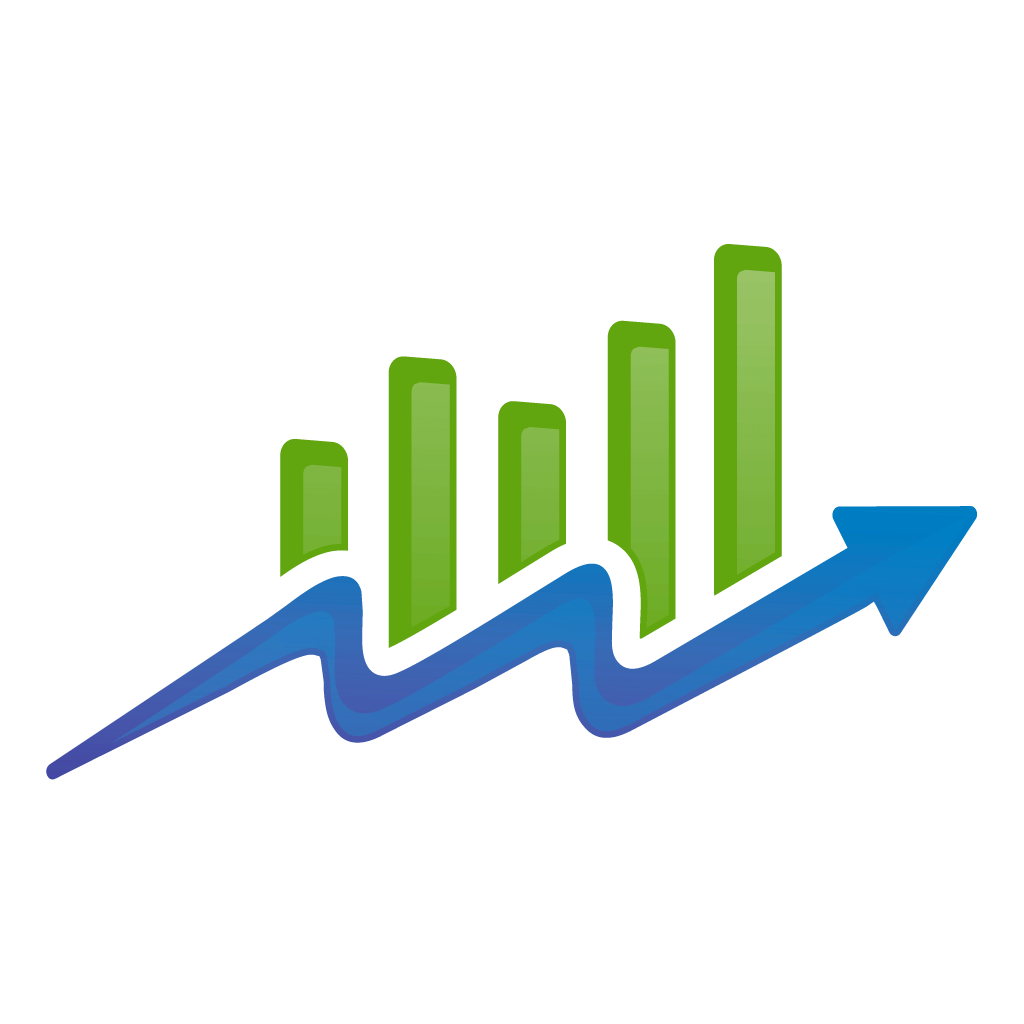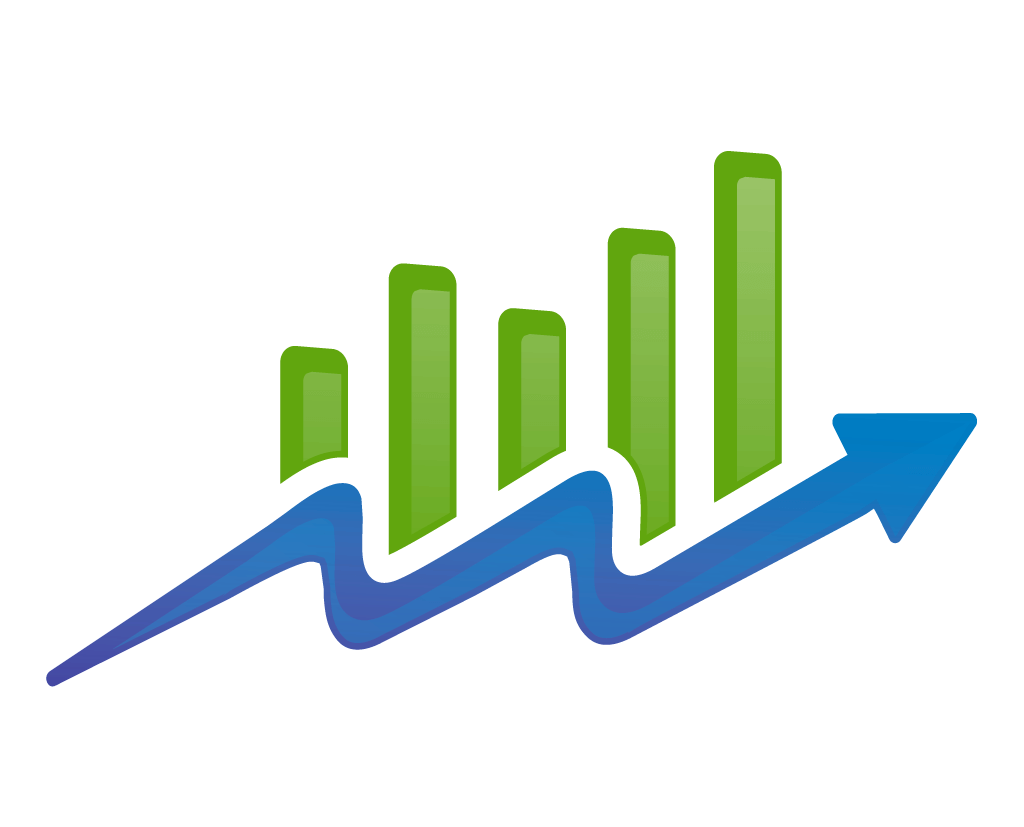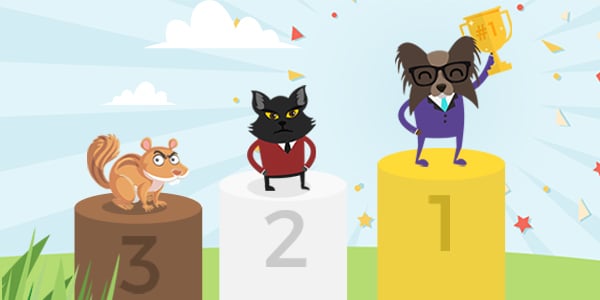The major factor in gaining high search engine rankings is your content, but Google and Bing cannot “read” images or photographs which are a major content component. Search engine bots are so “stupid” they cannot even read text placed in an image, so the problem is your photographs and images are not contributing to your search engine rank.
Still, your website images can improve search engine rankings if you know how to enable the search engines to “read” them. This is because of the web coding which is associated with them (we dealt with optimizing your website with the web coding in a previous post).
Before we get into the techniques behind optimizing images for SEO, remember some basic rules for using images and photographs with your human viewers. Do not skimp on the quality of the images and especially photographs; poor image quality will detract from your entire website and the sales message. Use relevant images and ensure your product is front and center; use imagery to convey your product or service being used and in a setting which appeals to the lifestyle aspirations of the target market.
A picture says a thousand words, but it is the words which are most important because they hold the key message for viewers.
Top SEO Tips for Photographs & Images
While search engines can’t look at an image and understand it, there are a number of SEO techniques which can be used.
Use Alt Tags
An alt tag looks like this – alt=”description”, but many tags don’t take full advantage of the opportunity to use your keywords. For instance, “alt=image1” doesn’t tell the search engines anything!
Alt tags were created for human users with visual impairment but the search engine webcrawlers will read them as well. The tag should be used to give an accurate description of the photograph or image and gives you an opportunity to use your keywords, e.g. alt=”café-in-Los-Angeles” or “alt=ford-car-cover.jpg”.
Do not abuse alt tags, especially do not stuff keywords into the description just for the sake of getting your keywords in there and by the same rule, do not use the same keyword twice. Google has people and bots checking sites to read information in html tags for abuse, so if you do abuse alt tags you risk being penalized in the rankings.
Use Title Tags
Title tags look like this – title=”description”.
These are a useful for SEO and interacting with your human users; they are the tag which is responsible for the text which pops up when you hold your mouse cursor over an image and sometimes they are called a “Tooltip”.
The title tag gives you a quick way to give the user more information, a “snapshot in words”. This gives you another way to use your keywords in the text (which will also be scanned by the webcrawlers) as well as adding value for the user experience. The same advice about not abusing alt tags applies to title tags as well.
Use the Image File Name
This is one of the most important factors for SEO purposes, but one of the least used. Try this for yourself – pick a selection of photographs off the web and right click on the image with your mouse. Pick the selection “Save image as…” and see what the name of the image is in your dialog box.
A bad image name will look something like this – “pic1.jpg”, or “ABC.jpg”.
There is no information on what the image actually is, so a good image name will say something about what the image is and this gives you another opportunity to use your keywords and phrases. For instance, “café-in-los-angeles.jpg”, or “ford-custom-car-cover.jpg”; note how the hyphen is used as a separator which the search engines will understand and enables your keywords to be read by the webcrawlers.
Image Size: Bigger is Better
The size of the photograph or image used is not such a factor in search engine ranking, but if you do have the choice it is better to have a bigger image rather than a small one. Google and Bing look to give searchers the best images possible and they take the view that a larger image is of more value than a smaller one.
When you are using this tip be sure you do not sacrifice the quality of the image or its placement on the site; always remember your human users and ensure the graphical context is properly maintained.
Use the Image Folder Name
The image folder on many websites is found in the main htdocs docs and says something as simple as “/images” which is not very useful for SEO. It is usual for multiple images and photographs to be used in creating a website so it makes sense to organize them into sub-folders. For instance, your website is selling customized car covers so take the images for different car models and create a sub-folder for each, e.g. “images/ford-car-covers/”, “images/Chevrolet-car-covers/”, “images/Jeep-car-covers” and so on for each car category.
Takeaway
Search engines cannot “see” an image or photograph, so they don’t directly help your rankings. You can use the tags, image file and folder name to improve your keyword exposure and be read by the search engines which will give a positive benefit to your ranking results.
Understand the purpose of tags and file names and do not abuse them – this is spamming and will penalize your website ranking.








